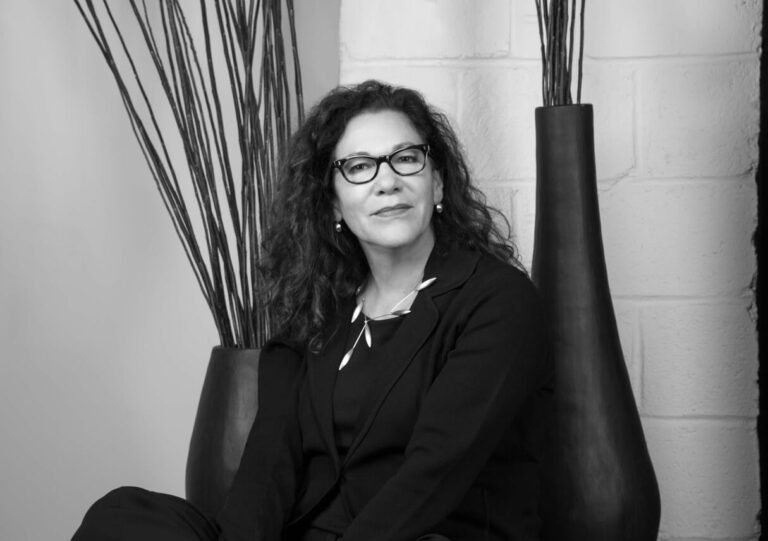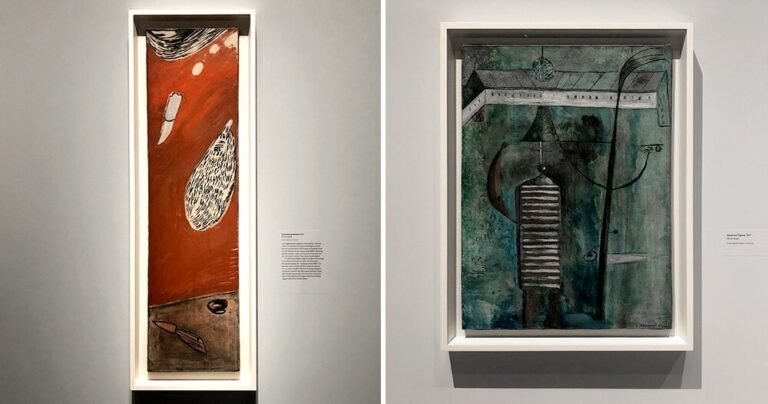House in Tunquén / Gabrielli + Muñoz Arquitectura
House in Tunquén / Gabrielli + Muñoz Arquitectura


Text description provided by the architects. The site is located inside an ecologically oriented community, fronting the Pacific Ocean, where people are building a sustainable place to rest or live, reducing environmental impacts through small actions, among other things minimizing vegetal intervention, keeping wildlife and their displacements, avoiding nocturne light pollution, using solar energy and using friendly materials like wood. Thus, the initials client requirements were to achieve a basic low-impact residential unit which had to be projected in two stages, according to a reduced budget, testing the family adaptation to the place for future extensions (two adults and two young children)



The first stage was a 32 sq. mt tiny house, established as a double height unique space, containing a dining room, a bedroom, and a service area (kitchenette and bathroom), over which a loft was built to increase the useful area. The scarce interior space promoted the outdoors and contact with nature. Inside, the children enjoyed it like a tree house. The experience became much valued by the family. In addition, the kids were growing up, the reason why three years later the client decided to expand the house to 100 sq. mt, adding a living room, bedrooms, and services. The architectural image of the first stage was simple and clear. In the same way, the extension design kept the simplicity of the original object. Geometry was extruded like a cube conversion into a cuboid. Internally, the original area was transformed into a master bedroom and the extension hosted living and dining room, bedroom, and service areas.




Both first and second phase structures were made of a timber frame that models the building envelope, externally closed by a ventilated double skin made of plywood, bituminous membrane, and pine wood planks. External finishing looks like a wooden continuous covering. Interior surfaces were covered with wooden tongue and groove panels on walls, ceilings, and floors. The extension has transformed the tree house into a house, keeping playful reminiscences as external appearance and interior spaces that are always appreciated.








